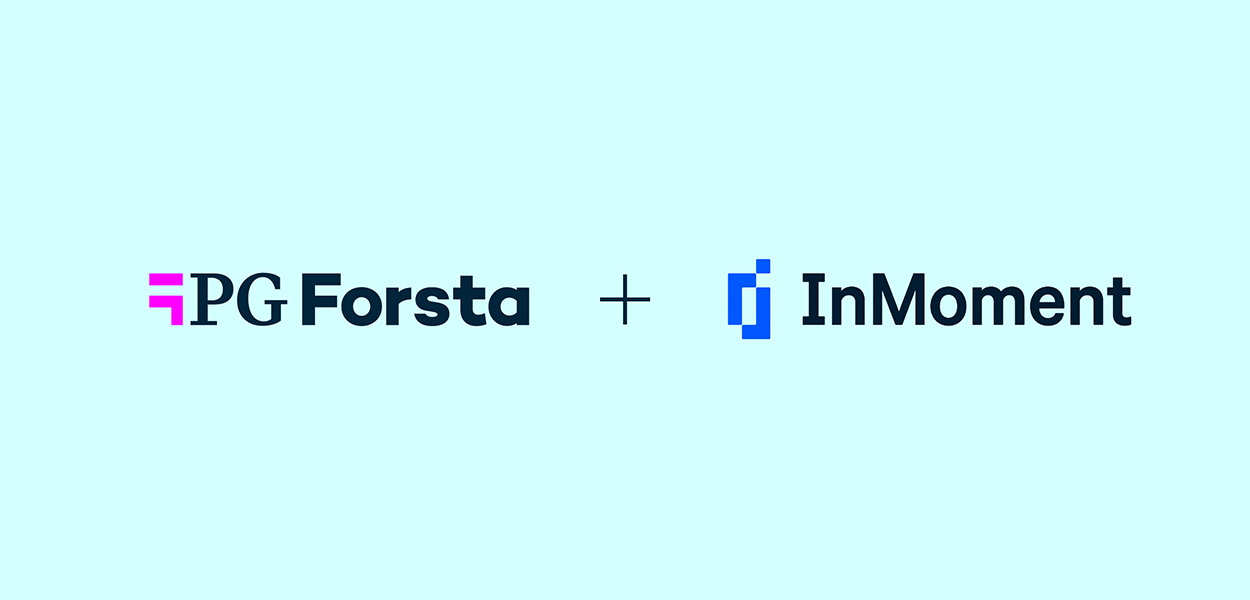4 Voice of the Customer Tools Every Restaurant Owner Should Know About
When it comes to dining out, everybody has a preference. Some people are held back by dietary restrictions, some are adventurous eaters, and some are just plain picky. There is not one type of restaurant that will please everyone, and that makes dining an incredibly personal experience.
The most obvious determinant for a positive customer experience in a restaurant is the quality of food, but there are many other factors that weigh into culinary satisfaction. The majority of these concerns can be sorted into five major categories: quality of food, staff interactions, speed of service, atmosphere, and value.
In a world where 91% of unhappy customers will not return to a brand, it is crucial for restaurants to drive customer satisfaction in these areas—but how can they keep up?
That is where Voice of the Customer (VoC) technology comes in. These technologies give providers direct access to their customer feedback so they can make impactful changes in the way they do business.
Voice of the Customer solutions can be applied to restaurants in many ways, but I am going to outline four specific VoC tools that can address these five main concerns and determine positive or negative customer experience for your diners.
Real-time Alerts
Some Voice of the Customer platforms offer real-time alerts that notify staff of customer concerns as they happen, allowing them to take action almost immediately. Though these can address all five categories listed above, they can be most helpful with issues of atmosphere and quality of food. If a customer asserts that the bathrooms in a certain location are unclean or the food is cold, the location would receive a notification of that customer’s feedback as it was made. Management could then rectify the situation, helping to ensure positive atmosphere and quality of food experiences for other customers that day.
Predictive Analytics
Predictive analytics give businesses the power to forecast demand and make differences in both speed of service and staff interactions. With this VoC tool, managers can determine when there is a rush and schedule staff accordingly. This small adjustment stops one of the biggest customer complaints—long lines and wait times—before it even starts. As an added bonus, staff members won’t be under pressure from grumpy customers, ensuring positive staff interactions for customers.
Location-Specific Insights
VoC Programs with location specific insights are most useful for identifying anomalies in quality of food. For example, if there are three cases of food poisoning in one region, businesses will be made aware of the problem before it gets out of control. This tool is also useful when testing out a new product. If one region tests it, location-specific insights can surface conclusive customer feedback on the new product.
Benchmarking
Benchmarking VoC tools give restaurants the ability to see how they match up in comparison to their competitors. This can be most useful when comparing value of their meals versus other providers. With this information, businesses can make cost-effective changes to assure customers that they are getting the best value for their dollar.
At the end of the day, all restaurateurs strive for satisfied customers, no matter what kind of food they serve. By utilizing VoC tools, businesses can make day-to-day, time-relevant adjustments that tailor to their customers’ taste and give them the best dining experience possible.

